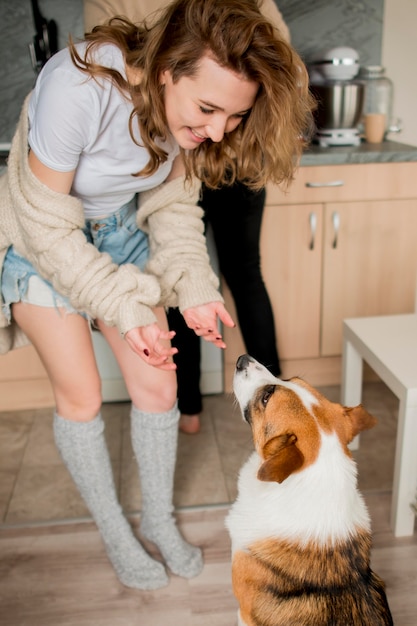

10 Ways to Keep Your Arthritic Dog Comfortable
When you hear “arthritis,” you might think of elderly dogs, but arthritis can actually affect dogs of all ages. Surprisingly, about one in five dogs shows signs of arthritis by age one, and this jumps to 80% by age eight.
Most dogs will deal with arthritis at some point in their lives. However, this doesn’t mean your dog can’t play or get exercise—it’s actually crucial for keeping them comfortable and healthy.
Here’s how you can help your arthritic dog stay comfortable:
1. Get a Proper Diagnosis from Your Vet
Don’t guess if your dog has arthritis; let a professional determine it. Although limping or stiffness is often linked to arthritis, many conditions can cause these symptoms, each needing different treatments. The wrong exercise could worsen other issues, like an ACL injury.
When my own dog, Laika, showed signs of discomfort, our vet ruled out genetic disorders and diseases common in her breed, like hip dysplasia, before diagnosing her with arthritis. Only a vet can properly diagnose what’s causing your dog’s pain and recommend the best treatment plan.
Tips to Manage Arthritis
1. Consult Your Vet for a Correct Diagnosis: A proper diagnosis is essential because other conditions share similar symptoms.
2. Regular Low-Impact Exercise: Exercise might seem counterintuitive, but it helps keep their joints mobile and muscles strong. Find activities that work best for your dog.
3. Maintain a Healthy Weight: Extra weight means more strain on their joints, making symptoms worse. Keeping your dog at a healthy weight is crucial.
4. Pain Management: Your vet might prescribe pain relief medications or supplements to make exercising more comfortable for your dog.
5. Comfortable Bedding: Provide a soft, supportive bed to alleviate joint pressure when they rest.
6. Assistive Devices: Ramps or steps can help your dog avoid jumping, which can strain their joints.
7. Massage and Physical Therapy: These can improve blood circulation and flexibility, easing stiffness and pain.
8. Regular Vet Checkups: Ongoing veterinary care ensures your dog’s arthritis is managed properly and adjustments are made as needed.
9. Proper Diet: A balanced diet, possibly including joint supplements recommended by your vet, can support joint health.
10. Create a Safe Home Environment: Ensure your home is free of hazards that could lead to slips or falls.
While arthritis can’t be cured, following these tips can greatly enhance your dog’s quality of life. Always keep an open line of communication with your vet to adapt as your dog’s needs change.





